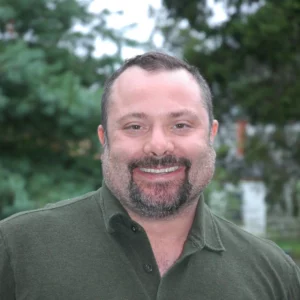By Adam Stone
Specialized instruction in speech and language used to take place outside the classroom. The speech-language pathologist (SLP) would pull the student aside periodically for training in a range of skills.
That might include “sound, speech, expression, feeding and swallowing, voice, fluency, and even social skills as it relates to self-expression and interpersonal relationship skills,” says Armida Carr, SLP and owner of the Arizona-based speech therapy centre New Horizon Therapy. Overall, “the role of the speech-language pathologist is to evaluate, diagnose, and treat language.”
Adam Stone is a seasoned journalist with 20+ years’ experience. He covers education, technology, government, and the military, along with diverse other topics.


